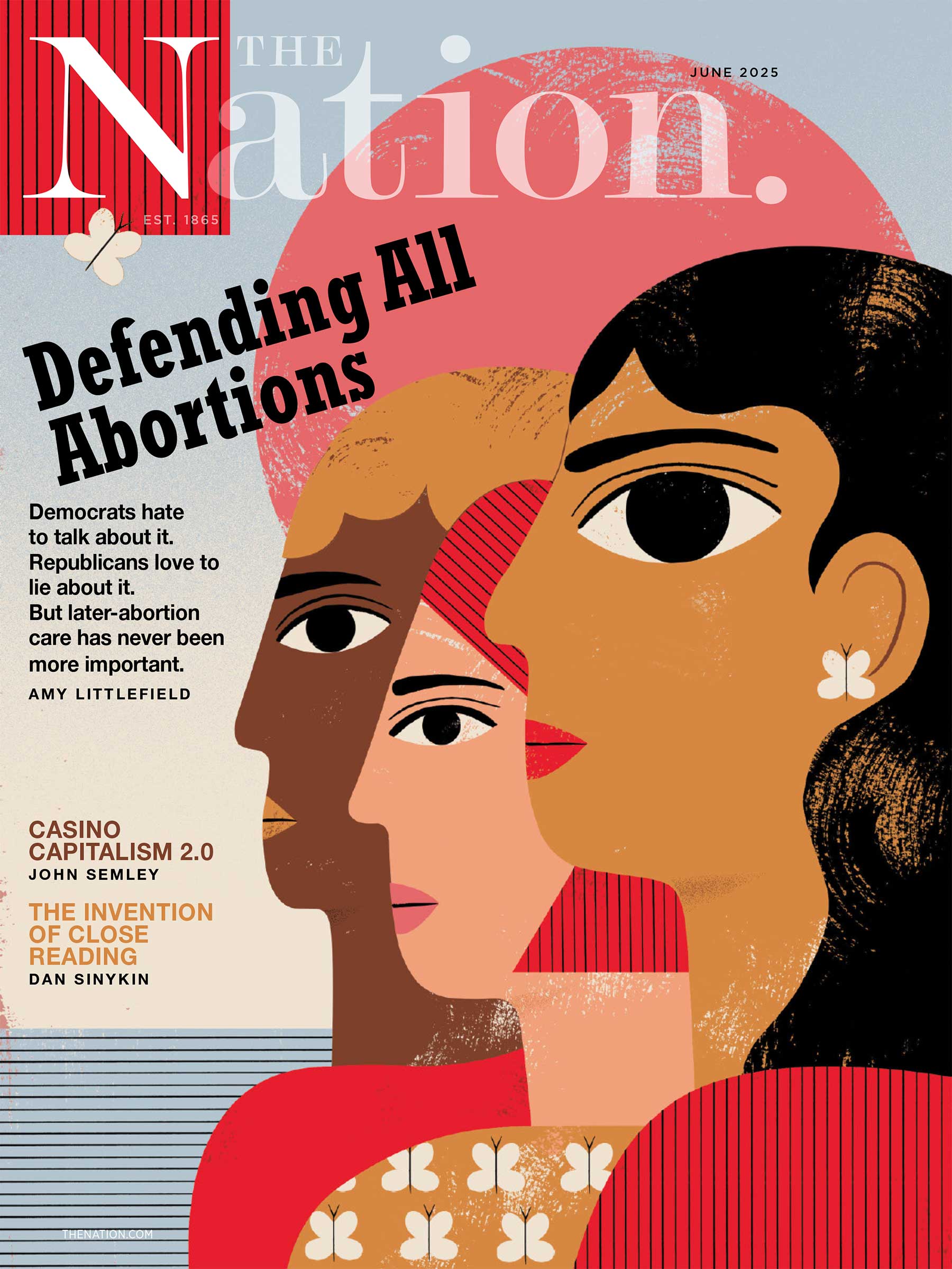Karlo Barrios Marcelo
February 25, 2008
(Ed’s Note: WireTap crew is honored to welcome 26-year-old Karlo Barrios Marcelo aboard as our new blogger. Karlo is a research associate at CIRCLE–a non-partisan research center that studies political engagement among 15- to 25-year-olds in America. The tireless polling and field research of Karlo and his team helps journalists, bloggers, organizers and academics that study or promote youth activism turn individual perceptions and anecdotes into hard facts. In the coming year, Karlo will help our readers debunk stereotypes, highlight overlooked research findings and just make sense of it all in the larger, historic context. Welcome, Karlo!)
We all know that the youth vote is no mirage, especially not in the 2008 primaries, so why do skeptics continue to question the participation of young voters?
Recently, I’ve been hearing a tired and oft-repeated sentiment among skeptics, “Young people vote, but they still vote at lower rates than adults.” It’s great that skeptics are correct on the facts (for once!). But, as with all statistics, we have to view this fact in the bigger context. The truth is that young people of all generations, in almost all democracies–not just in the United States–vote at lower rates than their adult counterparts. But this shouldn’t be viewed as a negative.
When someone is new to any process, especially one with ever-changing rules and laws, experience is the guide. As people age and become more adept at finding their polling location and using voting machines, their participation rates increase. What skeptics fail to mention, is that they were once these same young people too that did not vote.
But we are a new generation with a new agenda–to turn stereotypes on their head. Analysis by The Center for Information and Research on Civic Learning and Engagement (CIRCLE), where I work as Research Associate, shows that youth voter turnout rates have trended downward since 1972. That year, on the heels of the 26th Amendment that lowered the voting age to 18, and in the middle of the unpopular Vietnam war, young people recorded the highest turnout rate thus far–55 percent.
It’s true that since then–except for the spike in 1992–young voters have not been a reliable voting bloc. The tides are turning, however, and our generation has already made history. The turnout in both of the 2004 and 2006 general elections (up 9 and 3 percentage points, respectively) marks the first time that young people have increased their turnout in two consecutive elections.
But it will take a strong showing in the 2008 general election to turn skeptics into believers. Surely, the record-high primary turnout in Iowa, New Hampshire, and the Super Tuesday states provide some early optimism. High primary turnout usually results in high general election participation. November 2008 could see youth participation increase for the third consecutive election.
The skeptics should be cheering young people on, because they are showing a dedicated involvement to the political process that previous generations have not–the 2004 youth turnout was the third-highest since 1972. And, by starting at consistent levels of increased participation, Millennials have the chance to become the most politically involved generation since 1972. Already politicians are taking notice and making concerted efforts to address the concerns of a voting bloc that is determined to be heard. So let’s make it a three-peat in ’08; we are halfway there.
Karlo Barrios Marcelo is a research associate at CIRCLE–a non-partisan research center that studies civic and political engagement among 15- to 25-year-olds in America. He serves on the advisory board of HeadCount.


